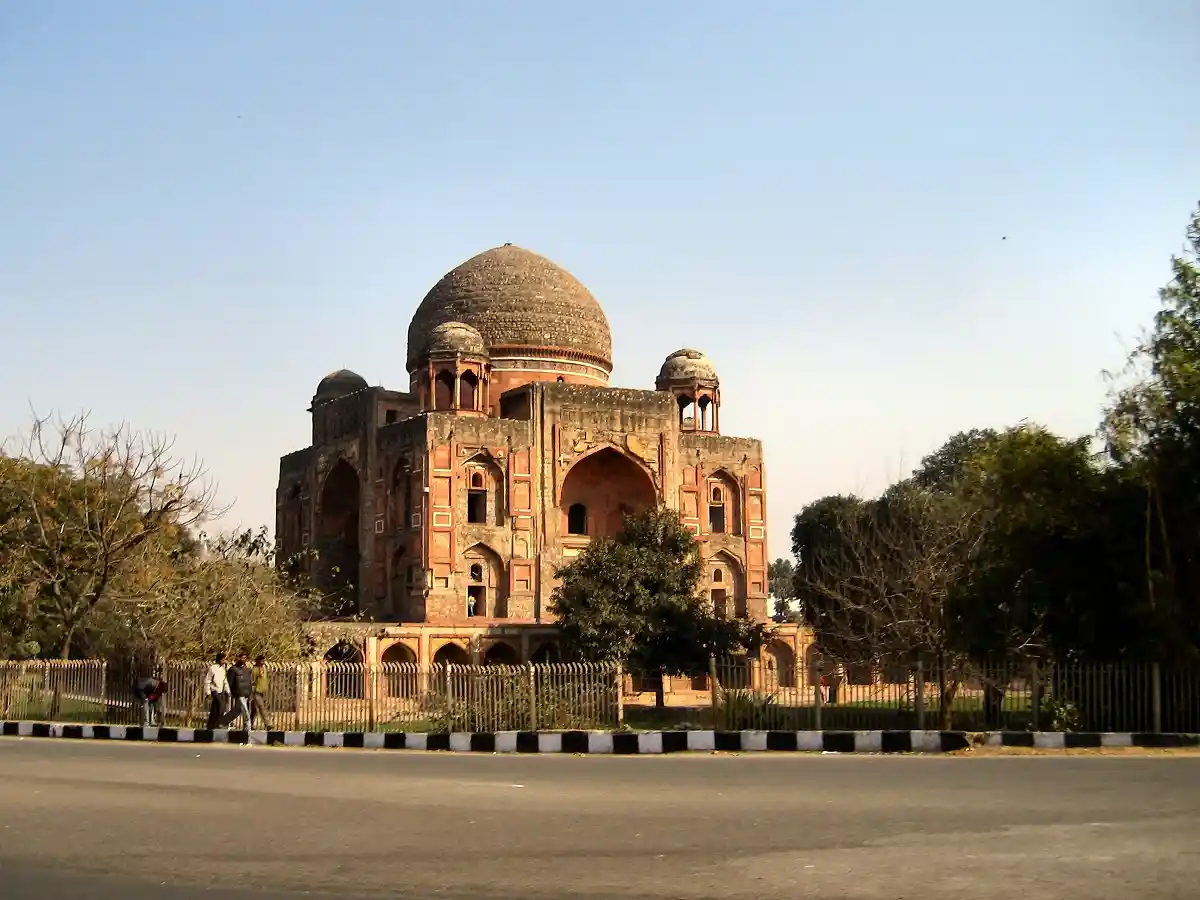RAHIM’S UNCONDITIONAL LOVE FOR MAH BANU GETS A REVIVAL
The Taj Mahal stands in front of us as a souvenir of the unconditional love of Shah Jahan for his late wife. But before the Taj Mahal even saw the light of the day, Rahim Khane Khan built a similar mausoleum in Delhi for his late wife, Mah Banu.

Rahim's Mausoleum. Image: Wikipedia
“Don’t allow the (delicate) thread of love (between individuals) to snap. Once it snaps, it cannot be re-joined and if you do re-join it, there is a knot in it.” - Rahim.
Rahim Khane Khan, one of the navratan in Akbar’s court and the commander-in-chief of Akbar’s army, wrote this couplet, a couplet that has the power to stir the pools of emotion with a spoon of thought. Isn’t it fascinating to feel such emotions you never knew existed in your heart? Culture, heritage, writings, and art drive you to capture the unknown and experience the thrill of love, sacrifice and resilience. Such was the cultural heritage of the Mughals who passionately followed their love for art and architecture and gave it a meaning, not just for their emotions but also for the generations that followed and continue to be mesmerised.
Rahim Khane Khan is one such Mughal who wasn’t scared to wear his heart on his sleeve and show how much he loved his wife, Mah Banu when he built a tomb in her honour and love. We all know a similar souvenir of love constructed by Shah Jahan for his wife — The Taj Mahal. But that wasn’t the first marble adorned structure named after the relationship of love. The tomb was in its shatters, standing on the remaining stills in Delhi, built by Rahim Khane Khan for Mah Banu was the first Mughal tomb constructed five decades before the Taj Mahal, in the love for a woman.
Amongst the grandeur of Tombs like the Humayun’s Tomb, The Taj Mahal, Safdarjung’s Tomb, all of which were inspired by the Mausoleum of Rahim (built in 1598), the latter was forgotten and lost under the shadows of these great architectural pillars of the Mughal culture. Rahim’s tomb lost its essence when people overlooked this living love story. They remember the love of Shah Jahan and his marble love story, but Rahim’s tomb slowly faded as time broke its spirit.
It became the inspiration for many and also the quarry for the construction of other such mesmerising architectures. Like the pillar of any family, this Mausoleum gave everything so the others like the Safdarjung Tomb could prosper and flourish.
But does love ever lose its spirit? Or is it always a forgotten story? I don’t think so. Because, just like any living legend, Rahim’s tomb got a revival. Under the reconstruction campaign taken up by the ASI and AKTC, Rahim’s Mausoleum got a second chance to showcase his tender heart. The team wanted to focus on the essence of Rahim’s idea and leave the significance and charm intact while adding specific layers of support to its canopies, domes, and landscape to stop it from collapsing.
Rahim had ornamented his wife’s mausoleum with diverse motifs along with geometrical and floral patterns. As a great patron of Sanskrit and Hindi, he added Swastik and the symbol of peacock in his designs. No two patterns of medallions covered the expanse of the mausoleum are alike. Each is different and unique to Rahim’s personality. Some of the texts found in that period revealed the existence of an enclosed garden that led to the path of Humayun’s Tomb, which is now lost forever.
Rahim’s tomb, an essence of the syncretic legacy he left behind adds another layer of aesthetic to the Nizamuddin area where it regains its grandeur today. He lies with his wife in the Mausoleum today and met his wife again under the blue and white skies of heaven. A piece of unconditional love and pain, Rahim taught us with his couplets and his architecture, that distance and pain will make you fonder of the one that is meant to be yours forever. Just wait and, you will reembrace the star of your eyes while tears fall under the shine of a love that lived forever.
One such riveting instance goes back to when the team was deciding on re-marbling the whole dome. However, ASI wanted to restore only 10% of the dome with marble and leave the rest as it is because they believed that covering the entire dome again would amount to retouching history and, in a way, touching the affection of Rahim.


